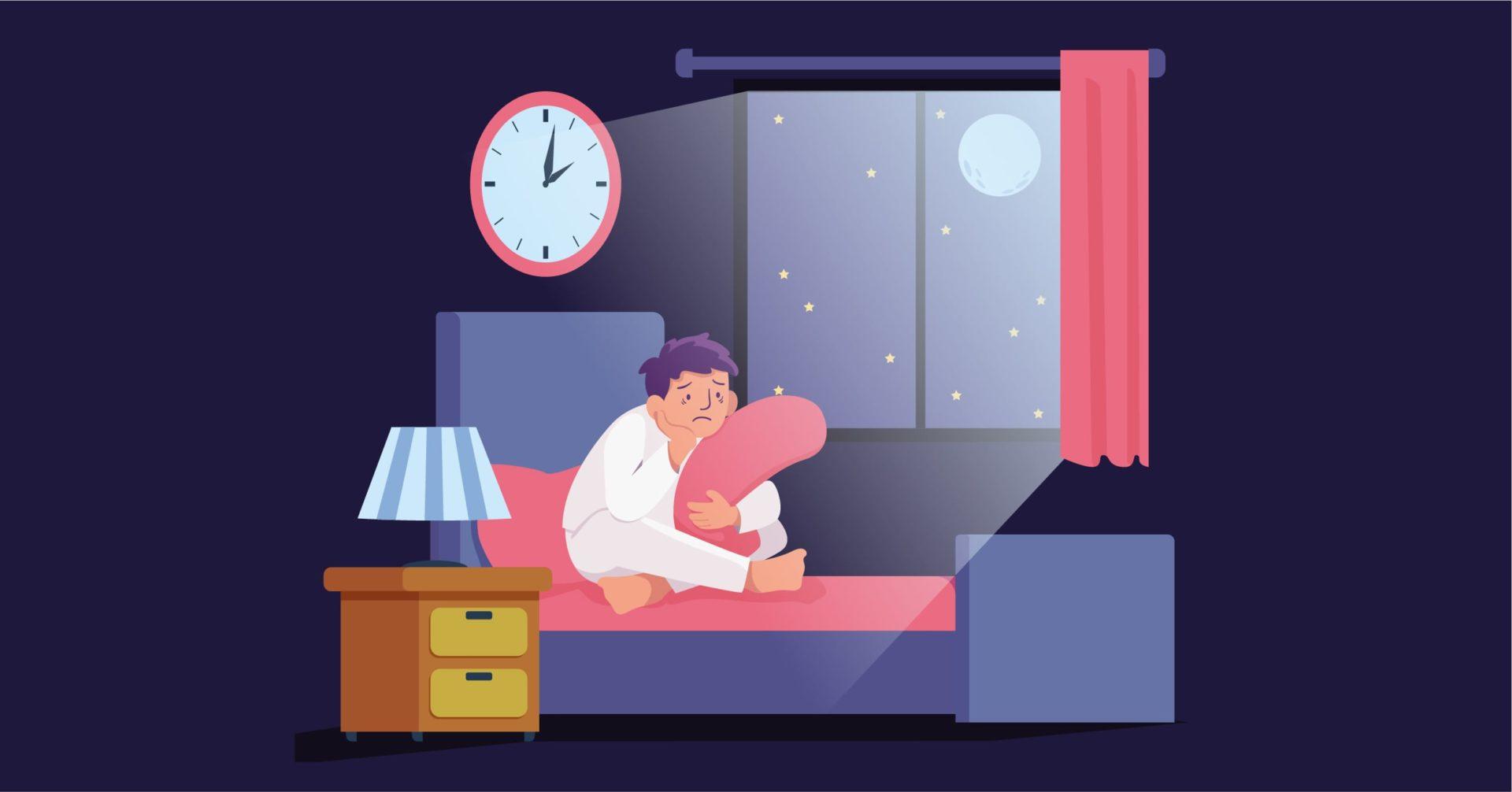Overview
Autism Spectrum Disorder refers to a collective group of neurodevelopmental disorders which are characterized by impaired social communication and interaction, repetitive behaviors, sensory anomalies, and varying levels of intellectual deficit.
The DSM-5 diagnosis of Autism Spectrum Disorder puts together autistic disorder, Asperger’s disorder, childhood disintegrative disorder, and pervasive developmental disorder diagnoses from the previous edition of the diagnostic manual. There may be comorbid psychiatric and medical disorders.
While the consequences of symptoms can lead to several hurdles in academic and social lives and hamper independence, early intervention and adequate support can be extremely beneficial in enabling individuals on the spectrum to assimilate into society.
There is a male predominance in the prevalence of Autism Spectrum Disorder, and the disorder is associated with a childhood onset. The aetiology is complex, and a combination of genetic and environmental factors are often associated with its occurrence.
Early intervention is considered to be associated with more positive outcomes in the context of Autism Spectrum Disorder. Intervention depends greatly on parent or caregiver education, as well as behavioural therapy.
Signs and Symptoms
- Language delays
- Echoing speech, i.e. repeating what others say
- Poor comprehension of speech
- Reduced sharing of interests or emotions
- Overly literal use of speech
- Being unable to maintain conversation
- Lack of facial expressions
- Abnormal gestures
- Difficulty making friends
- Difficulty in imaginative play
- Difficulty adjusting behavior to social contexts
- Repetitive motor movements
- Idiosyncratic speech
- Inflexible adherence to routine, inability to cope with change in routine
- Restricted or fixated interests that are intense in nature
- Excessive or insufficient reaction to stimuli, such as temperature, sounds, textures
- Inability to understand social relationships
- Intellectual deficits
- Episodes of catatonia
There is no such thing as ‘ideal parenting’. Learn how to deal with toddler behavior with personalized online sessions.
Risk Factors
According to epidemiological data, Autism Spectrum Disorder is more common among males. The symptoms are usually recognizable between 12-24 months of age. In the case of severe developmental delays, the onset may be detectable at an earlier age.
The aetiology of Autism Spectrum Disorder is complex, and is primarily made up of genetic and environmental factors.
A strong heritability factor has been identified, being one of the most heritable common medical condition. Multiple genes and gene pools have been linked with the disorder. A common genetic factor has also been found among Autism Spectrum Disorder and other psychiatric disorders including ADHD, schizophrenia, bipolar disorder, and depression.
While the genetic susceptibility of the disorder is attributable in part to heritable genes, de novo gene mutations are also considered to be involved. De novo mutations are those which are passed on to the whole body after originating in the egg or sperm, and do not show up in the DNA of the parents. These mutations may occur due to various different reasons – for example, older age in males have been associated with a higher chance of sperm mutations that may increase the risk of Autism.
Studies have shown variations in neuroanatomy, including the cerebellar physiology and network, differences in the limbic system, as well as frontal and temporal lobe cortical variations. Overgrowth of the brain evident through increased cortical size and a build-up of excess extra-axial fluid have also been observed.
There is an interplay of genetic and environmental factors, and the presence of the latter is usually responsible for exacerbating the predisposition created by the former. One of the most significant factors associated with the manifestation of the disorder are perinatal environmental factors.
These include maternal substance use, advanced parental age, maternal history of autoimmune diseases, maternal infection of immune activation during pregnancy, shorter and longer inter-pregnancy intervals, premature birth, uterine bleeding, and low birthweight.
In several cases, the disorder is linked to intellectual impairment as well as structural language disorder, which manifests as an inability to understand or form sentences with proper grammar. Individuals with the disorder may also experience selective symptoms of other psychiatric disorders. Learning difficulties are often observed. Medical conditions such as epilepsy, sleeping problems, and constipation may co-occur, and avoidant-restrictive food intake disorder may be present.
Diagnosis
Due to an absence of determined biomarkers associated with the disorder, the diagnosis of Autism Spectrum Disorder is based on behavioural assessments. The diagnostic process involves obtaining a detailed case history from the parents or primary caregivers, which usually focuses on developmental milestones. Interactions between the child and their parents may be observed, as well as with other unfamiliar adults. Children may also be observed while keeping them engaged in some sort of structured or unstructured tasks.
Certain signs may be looked for, such as poor eye contact, poor response to name, lack of sharing, lack of gesturing, and loss of language or social skills. In the case of preschool children, limited imaginary play, intensely focused or unnatural interests, and rigidity may be observed. Among school children, concrete or overly literal thought processes, inability or difficulty understanding emotions, and being unable to partake in conversation with peers may be some signs of the presence of the disorder.
If the disorder is suspected among children at the initial observation level, further screening may be carried out with the help of diagnostic tools and other assessments. These tools differ according to populations on the basis of age.
Modified Checklist for Autism in Toddlers, Revised, with Follow-Up (M-CHAT-R/F) and Survey of Wellbeing of Young Children (SWYC) may be used for children up to 30 months of age. Among school-going children, Social Communication Questionnaire (SCQ), Social Responsiveness Scale (SRS), and Autism Spectrum Screening Questionnaire (ASSQ) may be implemented.
Comprehensive assessments also include exhaustive physical check-ups, neurologic examination, as well as examination of other superficial components. Interviews are also carried out with parents and other outside informants, and a report is created with regards to the child’s cognitive, language, and adaptive functioning. A surveillance for possible concomitant disorders is also made.
The DSM-5 mentions the following criteria for the diagnosis of Autism Spectrum Disorder:
A. Persistent deficits in social communication and social interaction across multiple contexts, as manifested by the following, currently or by history (examples are illustrative, not exhaustive; see text):
- Deficits in social-emotional reciprocity, ranging, for example, from abnormal social approach and failure of normal back-and-forth conversation; to reduced sharing of interests, emotions, or affect; to failure to initiate or respond to social interactions.
- Deficits in nonverbal communicative behaviors used for social interaction, ranging, for example, from poorly integrated verbal and nonverbal communication; to abnormalities in eye contact and body language or deficits in understanding and use of gestures: to a total lack of facial expressions and nonverbal communication.
- Deficits in developing, maintaining, and understanding relationships, ranging, for example, from difficulties adjusting behavior to suit various social contexts; to difficulties in sharing imaginative play or in making friends; to absence of interest in peers.
B. Restricted, repetitive patterns of behavior, interests, or activities, as manifested by at least two of the following, currently or by history (examples are illustrative, not exhaustive; see text):
- Stereotyped or repetitive motor movements, use of objects, or speech (e.g., simple motor stereotypies, lining up toys or flipping objects, echolalia, idiosyncratic phrases).
- Insistence on sameness, inflexible adherence to routines, or ritualized patterns of verbal or nonverbal behavior (e.g., extreme distress at small changes, difficulties with transitions, rigid thinking patterns, greeting rituals, need to take the same route or eat the same food every day).
- Highly restricted, fixated interests that are abnormal in intensity or focus (e.g., strong attachment to or preoccupation with unusual objects, excessively circumscribed or perseverative interests).
- Hyper- or hypo reactivity to sensory input or unusual interest in sensory aspects of the environment (e.g., apparent indifference to pain/temperature, adverse response to specific sounds or textures, excessive smelling or touching of objects, visual fascination with lights or movement)
C. Symptoms must be present in the early developmental period (but may not become fully manifest until social demands exceed limited capacities, or may be masked by learned strategies in later life).
D. Symptoms cause clinically significant impairment in social, occupational, or other important areas of current functioning.
E. These disturbances are not better explained by intellectual disability (intellectual developmental disorder) or global developmental delay. Intellectual disability and autism spectrum disorder frequently co-occur; to make comorbid diagnoses of autism spectrum disorder and intellectual disability, social communication should be below that expected for general developmental level.
Note: Individuals with a well-established DSM-IV diagnosis of autistic disorder, Asperger’s disorder, or pervasive developmental disorder not otherwise specified should be given the diagnosis of autism spectrum disorder. Individuals who have marked deficits in social communication, but whose symptoms do not otherwise meet criteria for autism spectrum disorder, should be evaluated for social (pragmatic) communication disorder.
Specifications with regard to severity are made on the basis of 3 levels, ‘requiring support’, ‘requiring substantial support’, and ‘requiring very substantial support’. Further, specifications are also made with regards to whether or not the disorder is accompanied by intellectual impairment, language impairment, and whether it is associated with a known medical, genetic, neurodevelopmental, mental, or behavioural condition, or an environmental factor. The presence of catatonia must also be specified.
Treatment
Interventions for Autism Spectrum Disorder are based on increasing functionality by reducing the interference caused by symptoms and allowing effective development. Early intervention can be beneficial, and individual education programs are usually required to be determined with the help of the school system. The modality and level of intervention depends on the type and severity of symptoms exhibited.
One of the most important aspects of intervention for Autism Spectrum Disorder is based in parent education, and focus on equipping parents with adequate skills on how to interact with their children effectively, leading to improvements in both social behaviour as well as communication.
Behavioral therapy is the mainstay of treatment for the disorder. Naturalistic behavioural developmental interventions, specifically Applied Behavioral Analysis, has shown effectiveness in improving adaptive skills, language and cognition, as well as social interaction through an emphasis on play, social interaction, and communicative interaction.
In the case of school-going individuals with the disorder, as well as adolescents, social skills support groups are increasingly effective in not only improving social interactive behaviour, but also in reducing anxiety symptoms. Further, parent-child interaction therapy can also result in increased adaptability and shared positive emotions. Many therapeutic interventions are based on a Cognitive Behavioral Therapy framework.
Other forms of therapy may include speech therapy, occupational therapy, and sensory-oriented treatments. The increasing encouragement of self-advocacy in the context of Autism Spectrum has allowed diagnosed individuals to increase their representation and become an active part of generating research outcomes with regards to effective intervention and representation.
Pharmacologic intervention with regards to Autism Spectrum Disorder is not aimed at curing symptoms, but rather reducing the severity of negative symptoms such as agitation and irritability, including aggression and disruptive behaviour. Risperidone and aripiprazole may be used for symptoms of agitation and irritability, while atomoxetine, guanfacine and methylphenidates may be used in case of symptoms of ADHD that may occur concomitantly with Autism Spectrum Disorder.
Differential Diagnosis
1. Rett syndrome: Disruption of social interaction may be observed during the regressive phase of Rett syndrome (typically between 1-4 years of age); hence, a portion of affected young girls may have symptoms of autism spectrum disorder. However, after this period, most individuals with Rett syndrome improve their social communication skills, and autistic features are no longer majorly visible in them..
2. Selective mutism: In selective mutism, early development is not typically disturbed. The child practices appropriate communication skills in contexts and settings where he is comfortable. Even in settings where the child is mute, reciprocation is not impaired, and there are no restricted or repetitive patterns of behavior.
3. Language disorders and Social communication disorders: Specific language disorder is not usually associated with abnormal nonverbal communication, nor with the presence of restricted, repetitive patterns of behavior, interests, or activities. The language disorder may cause communication issues but not behavioural issues.
4. ADHD: Abnormal attention and hyperactivity are common in autism but the attention levels and impulsivity of similar mental aged children will prove to a differentiation point.
5. Schizophrenia: Childhood schizophrenia is usually diagnosed after normal development. The presence of hallucinations and delusions in schizophrenia are absent in autism spectrum disorders.
6. Intellectual disability: Intellectual disability without autism spectrum disorder may be difficult to differentiate from autism spectrum disorder in very young children. Individuals with intellectual disability who have not developed language or symbolic skills also present a challenge for differential diagnosis, since repetitive behavior often occurs in such individuals as well.
A diagnosis of autism spectrum disorder in an individual with intellectual disability is appropriate when social communication and interaction are significantly impaired relative to the developmental level of the individual’s nonverbal skills.
Comorbidity
Autism spectrum disorder is often paired with intellectual impairment, development coordination disorder and structural language disorder. Medical conditions occurring with autism include epilepsy, sleep problems and constipation along with avoidant restrictive food intake.
Specialist
Initial assessments for the disorder generally are carried out by primary care physicians. In case the presence of Autism Spectrum Disorder is suspected, the clinician may refer a paediatric neurologist, developmental psychologist, behavioural paediatrician, child psychiatrist or licensed child psychologist for further assessment and treatment.
In Conclusion
Intensive and early treatment can prove to be life-altering for many children. There are direct implications of this disorder on social relationships and neurological development. If you recognize the symptoms at an early stage, it is advised to consult a professional and get all the behavioral tests done.
It is important to understand that, even though there is no permanent solution to this disorder, early diagnosis, and treatment will eventually positively affect the behavioral, communicative, and social skills of a child.
Seek professional help if you notice the above symptoms in your child and book a therapy session with the experts for early treatment.






